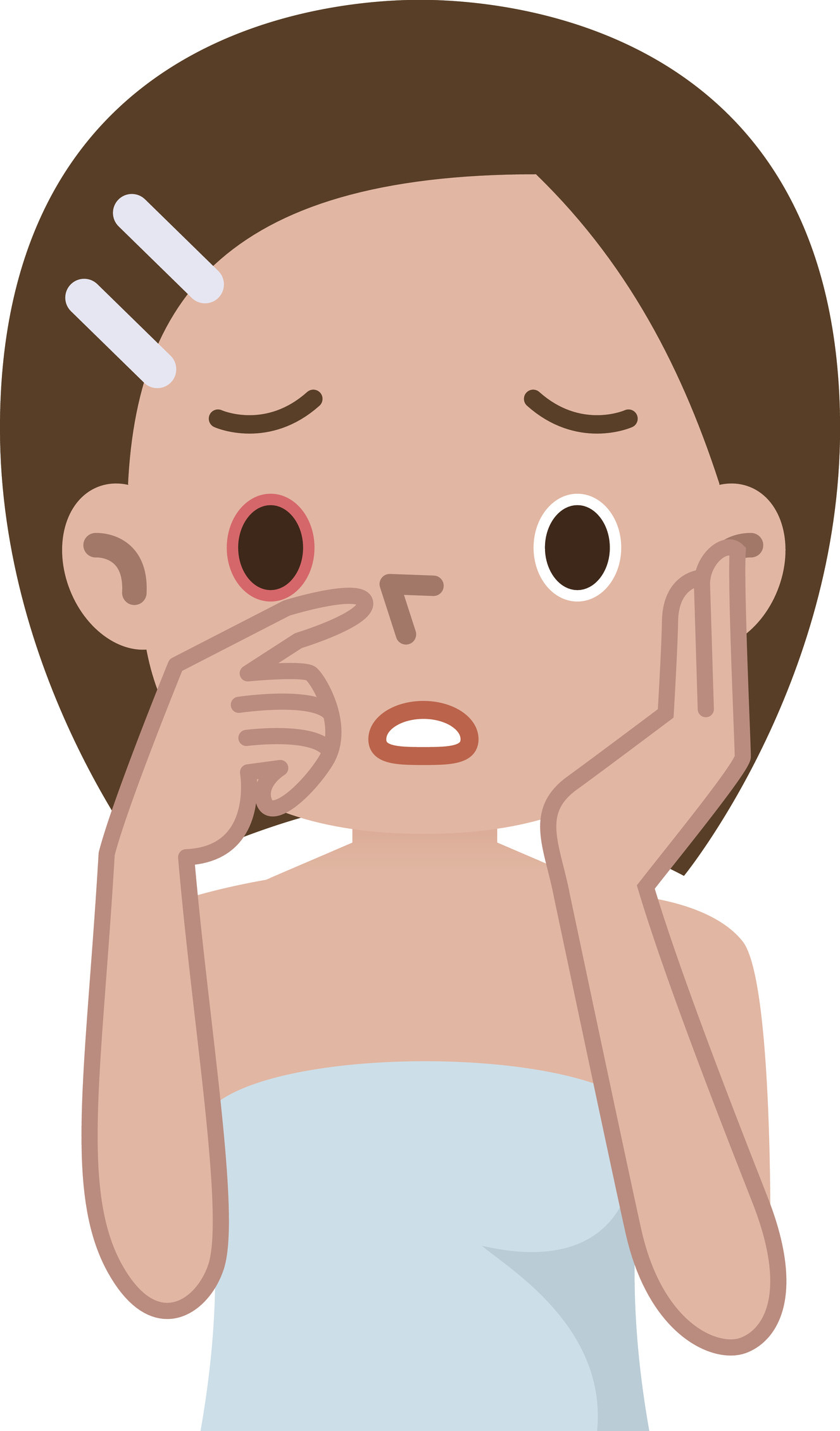Disclaimer [ENGLISH]
Disclaimer: This material is for educational purposes only. You, the reader, assume full responsibility for how you choose to use it. It is not intended to provide medical advice, diagnosis or treatment, nor does it replace the advice or counsel of a doctor or health care professional. Reference to a specific commercial product or service does not imply endorsement or recommendation of that product or service by CPCMG.

What is eye irritation?
This happens when something gets into the eye and causes discomfort or inflammation.
What are the symptoms of eye irritation?
- The eye looks irritated.
- The white part of the eye can be red or pink. This is sometimes called “bloodshot”.
- The eye might look watery from increased tears. The eye drainage is clear. The drainage is not yellow, green, or thick white.
- The eyelid might look a little puffy/swollen, or a little red.
- There is no foreign .
What causes eye irritation?
- Anything that gets into the eyes can cause irritation.
- Soap or shampoo is very common.
- On a windy day, things in the air might fly into your child’s eyes.
- Irritants often get into the eye by touching or itching the eye with dirty fingers.
- This can happen after touching pets or plants.
- Some foods – like spicy foods or cinnamon - can be very irritating if they get in the eyes.
- Chlorine from pool water can also cause irritation.
- Smoke or smog can cause irritation until you leave the polluted area.


How is this treated?
-
Face Cleansing:
- Wash the face with mild soap and water.
- Wash off the eyelids with water.
- This will remove any irritants still on the face.
-
Eye Wash:
- Rinse the eye with warm water for 5 minutes.
-
Eye Drops - Artificial Tears:
- Red eyes from irritants usually feel much better after being washed out. They don’t need any eye drops.
- If the eyes remain uncomfortable and bloodshot, you can use artificial tears. No prescription is needed.
- Use 1 drop every hour as needed.
- Once the irritant is removed, the symptoms usually improve. Over the next few hours, the eyes should go back to their normal color.
How can this be prevented?
- Try to avoid future contact with things you know irritate your child’s eyes.
- Teach your child not to touch their eyes with their fingers.
- Make sure to keep sunscreens and insect repellents away from the eyes – you can even keep your child’s eyes covered when putting them on. Remind your child not to touch near their eyes after using these products.
- If chlorine irritates your child’s eyes, have them wear goggles when they are at the pool.
- Wear sunglasses when outside on a windy day.
- This is not contagious. Your child does not need to miss any school, childcare, or other activities for this type of red eyes.
When to call your child’s provider:
- Pus (white/yellow/green drainage) in the eye occurs.
- Redness lasts more than 24 hours.
- Your child complains of trouble seeing, blurry vision, or pain.
- Your child has fever.
- Your child’s eyelids are red and/or very swollen.
- You think your child needs to be seen.
- Your child becomes worse.
This publication was adapted from information from American Academy of Pediatrics patient education materials.
Reviewed by: AR D.O., TT D.O | 01/2024


